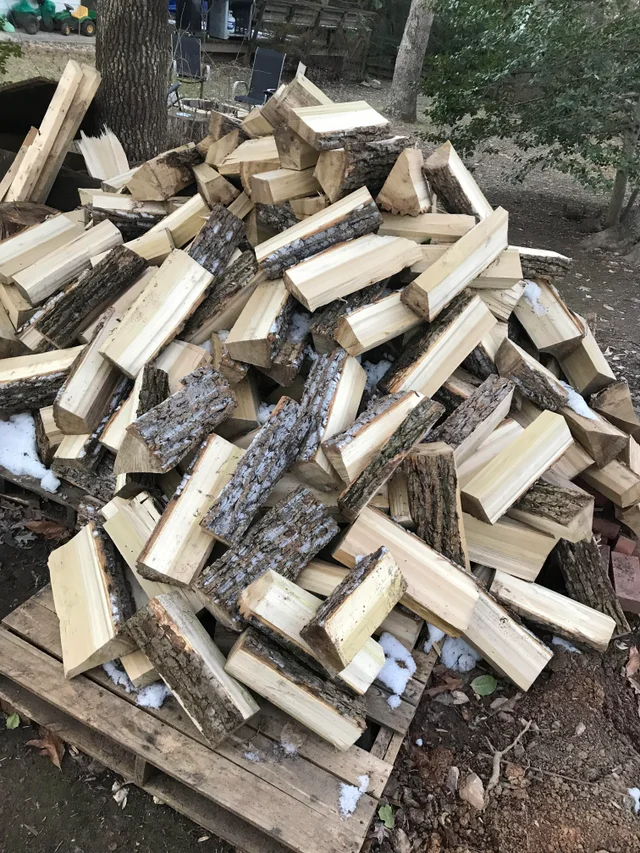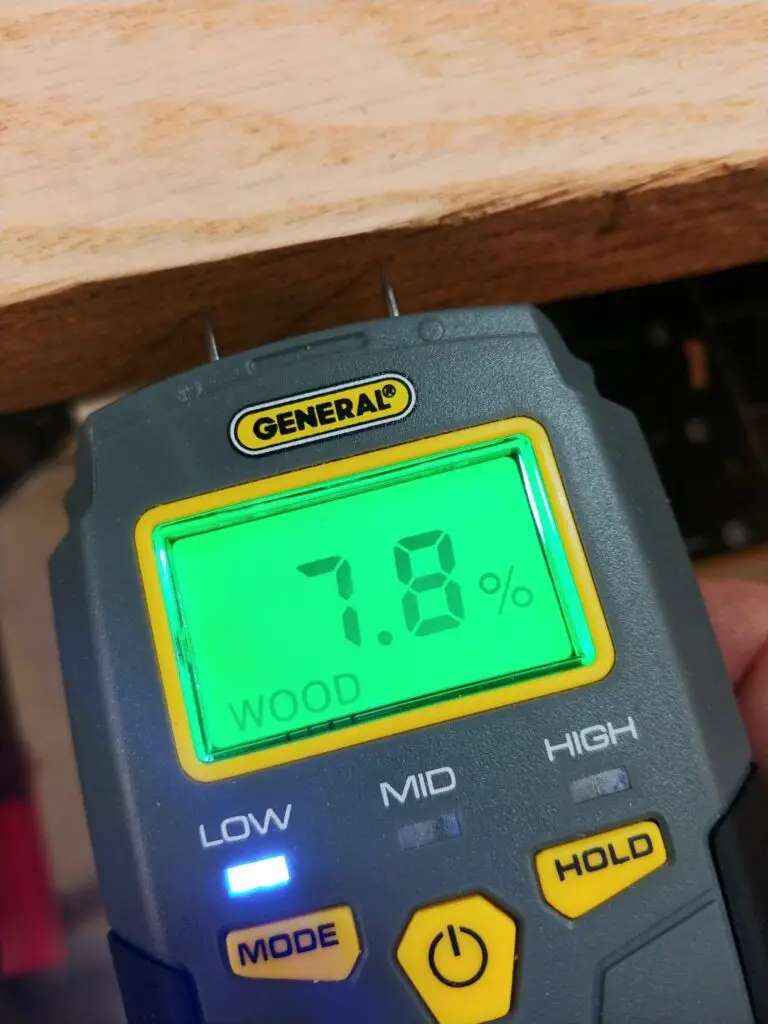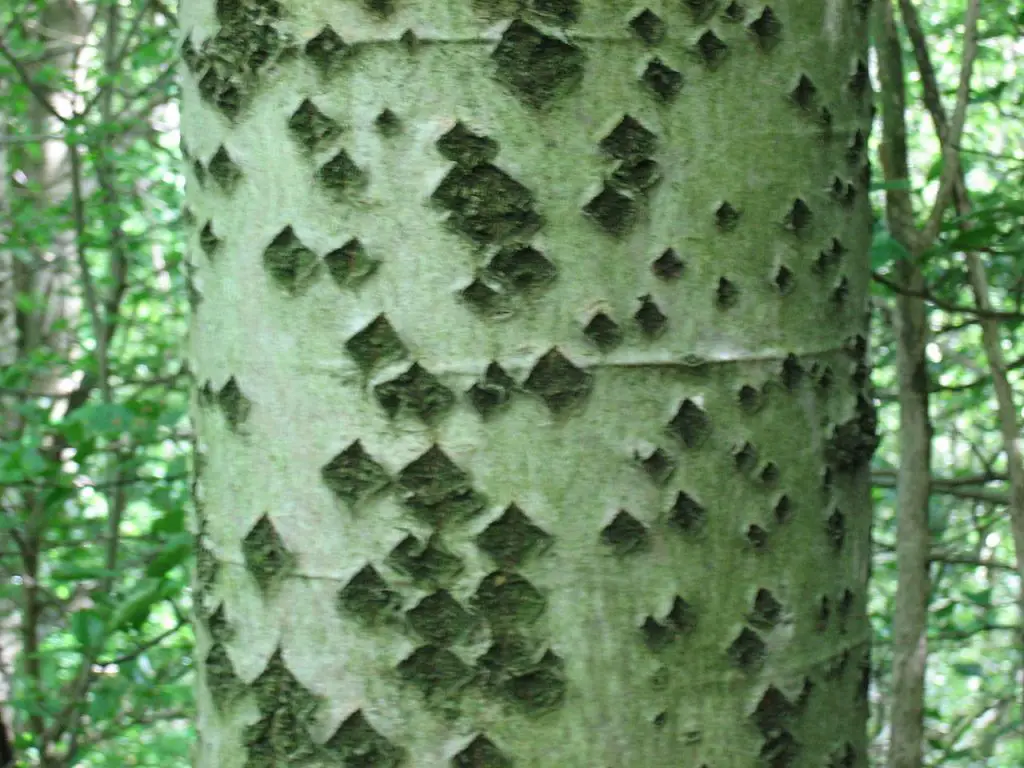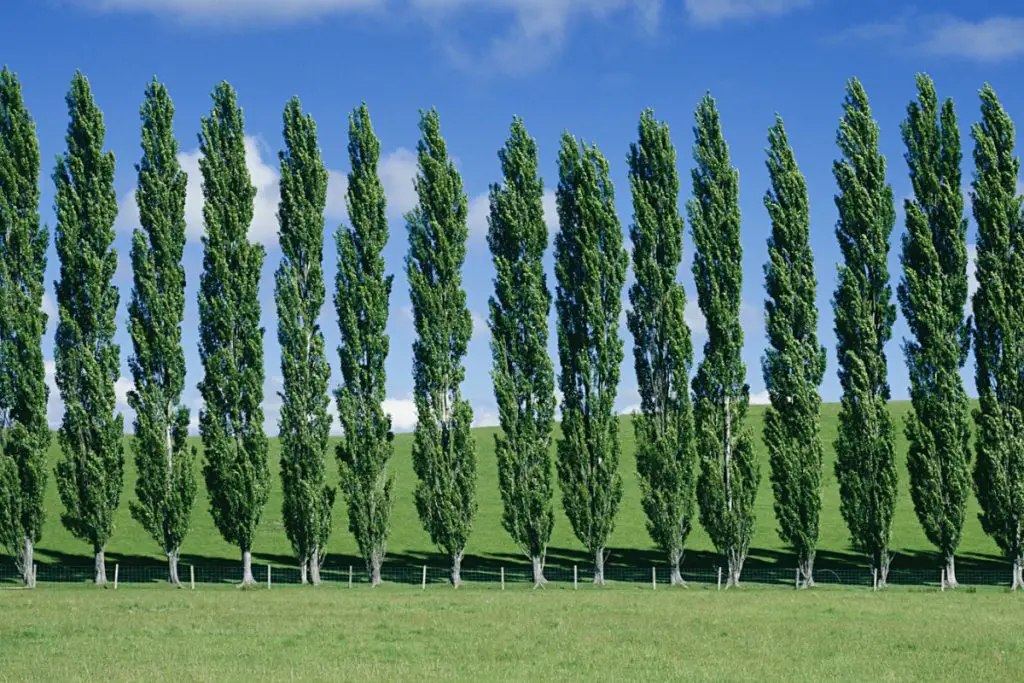Poplar is moderate firewood due to its low heat production and doesn’t produce good cooking coals. It is a very unusual type of firewood because of its seemingly strange characteristics. It is a hardwood but it is pliable and easy to work with. It burns hot but doesn’t burn for long. It is easy to light but doesn’t produce good coals.
Poplar firewood is not very popular because of its low BTU heat production, but it does have some advantages that make it worth considering.
In this article, I will share some of my thoughts and experiences using poplar firewood and some of its key characteristics.
Table of Contents
Summary
- BTU: 14 Million BTU/Cord
- Weight: 2000 LB/cord Green
- Seasoning Time: 6-12 Months
- Splitting Difficulty: Low
- Sap Content: Low
- Smoke: Moderate
- Smell: Sweet and Nutty
Overall, poplar is not one of the top firewood available due to its low BTU and low coal production. But it does burn hot and quickly – it is ideal as kindling or restarting a fire using coals in the morning. It is also much more affordable than denser hardwood firewood and is quick to season. If you have moved to a new area or forgotten to prepare your stockpile in advantage, then poplar might be a good option as it can season within six months depending on the temperature and environment.
Even though poplar is hardwood, from a performance perspective, it makes more sense to think of it as softwood.

Heat Production
One of the surprising factors about poplar is its low heat production. It produces around 14 million BTU/cord, which is more similar to softwood than hardwood. This makes it relatively unpopular as firewood because of the amount of wood that needs to be cut/bought/stockpiled.
Poplar wood burns hot, but for around half the time as alternate hardwood options. It also leaves very few coals after burning, ideal for camping or backpacking, where you will be changing locations every morning. The wood is also very easy to light, making it well suited as kindling, and you can restart a fire easily the next day.
If you intend to heat your house in the winter with poplar, then you will need to stockpile double the amount of firewood as you would with oak.
Smoke Production
Poplar also produces a moderate amount of smoke, especially if it is unseasoned. However, even seasoned wood still produces more smoke than other types of firewood. I recommend not using poplar indoors unless you have a sound ventilation system with screening/glass doors to prevent the smoke from spreading throughout your house.
I prefer to use pine or poplar as kindling to start the fire and then move to a higher density hardwood to keep the fire going for longer and produce better coals for cooking.
Seasoning Time
Poplar seasons very quickly, more like softwood than hardwood. Depending on your location’s temperature and humidity and the stacking design, it will take 6 tod 12 months to season below 20% moisture. This is one of the main advantages of poplar – you can season it within a single year.
If you have forgotten to prepare your firewood stockpile for winter, or you have realized that you need to top it up, then you can use poplar within six months and still have it sufficiently seasoned.
Poplar does perform even worse when it is not seasoned correctly – its already low heat production drops, its creosote buildup increases, and its smoke production can be thick. I strongly recommend not using unseasoned poplar firewood inside your home.
I personally recommend this General Tools Moisture Meter. It allows you to accurately gauge how wet your firewood is and whether it is sufficiently seasoned. Over time you can also see how quickly the moisture is dropping and how much longer you need to keep your firewood dropping until it is seasoned and ready to burn.
Press the sharp pins into the wood and you will quickly see the readout show the moisture ranging from 5% to 50%. It also has a Low/Mid/High indication depending on whether the wood is dry enough, so you don’t need to remember the actual values.

Burning Smell
A lot of people don’t like the smell of poplar. I don’t mind it, but it has a particularly rich scent. This is particularly strong with unseasoned firewood. I would describe the smell as sweet and nutty, but this also depends on the type of poplar species and its sap and moisture content.
Creosote Buildup
Creosote is unburnt particles from firewood that can build up as black soot within your chimney. Over time this can block your chimney and start a fire. Creosote is much higher in softwood because of its sap and resin concentrations. Creosote is also much higher in unseasoned firewood.
Poplar produces a moderate amount of creosote, so ensure your firewood is correctly seasoned to reduce this risk. You will also need to clean your chimney annually to remove any buildup if you regularly use poplar or other higher creosote firewood.
Splitting
Poplar logs split very easily, like softwood, as with all of its other properties. I would recommend splitting the poplar into larger firewood than you would with different types of wood. This helps to increase the burn time of the individual logs so you don’t need to keep adding more logs to the fire. You will feel like you need to constantly add more poplar logs to a fire because of its quick burn time and low heat production.
Different Types/Species
There are more than 30 different species of poplar, each with its own distinct characteristics and properties. The following four types are the most common throughout the United States:
White Poplar – Populus alba
Also known as silver poplar or silverleaf poplar, this species is prevalent throughout 43 different states and is often considered invasive – in fact, it is banned in Connecticut. The bark has unique diamond-shaped markings that make it easily identifiable compared to other poplar species. They grow up to 100 feet tall.

Eastern Poplar – Populus deltoides
The Eastern poplar grows in Eastern, Central, and Southwestern parts of the United States. It is also known as the Eastern Cottonwood.
Lombardy Poplar – Populus nigra
The Lombardy poplar only grows to 50 feet tall and is much more slender than the other species. It has more triangular-shaped leaves and is often used as a hedge in gardens and landscaping. Its leaves turn from green to golden-yellow in fall.
Balsam Poplar – Populus balsamifera
The Balsam poplar grows up to 130 feet tall and has a thick, smell substance produced from its buds, which smells like a Balsam Fir tree.

Comparison to Other Woods
Here, I’ve taken some of the most popular firewoods to burn indoors and compared them to poplar firewood.
You will notice all of its characteristics are more similar to softwood than hardwood, including its heat production, ease of splitting, coal production, creosote buildup, and overall score.
| Firewood | BTUs | Ease of Splitting | Coals | Overall Quality |
| Green Ash | 20 | Easy | Good | Excellent |
| Maple | 25 | Easy | Excellent | Excellent |
| Bur Oak | 26 | Easy | Good | Excellent |
| Poplar | 14 | Easy | Poor | Moderate |
Poplar wood is also very susceptible to termites. They are often used in termite traps. Make sure you prepare your stockpiles appropriately, so they don’t get infested.
FAQs
How do you identify poplar trees?
Poplar trees grow fast to up to 165 feet tall, depending on the species. They have white bark and leaves with a silvery-white color. They grow tall and orderly without spreading branches out in random or spindly directions. The leaves are also triangularly (or heart) shaped with pointy tips.
Can you burn poplar in a wood stove?
Yes, you can burn poplar in a wood stove, but because of its moderate smoke production, you will want to ensure you have enough ventilation and screening to prevent the smoke from spreading through your home. It also burns hot and quickly, so it can be difficult to control the temperature.
How much does poplar firewood cost to buy?
Poplar is not very popular as firewood because of its low BTU heat production. This means it can be an affordable option because there isn’t as much demand as other wood types. Poplar firewood costs between $100 and $150 per cord depending on the time of year and your location.
Final Thoughts
Poplar is not my favorite firewood, but it does have some valuable characteristics. I like it when camping if I need to ensure the fire is completely out by the following day. I also like it as kindling because it lights easily and burns hot. This allows me to start a fire that I can stock with other hardwood, such as oak or maple.
It is also very affordable and seasons quickly, so it is ideal for topping up your stockpile if you think you haven’t prepared enough for an exceptionally long, cold winter.
